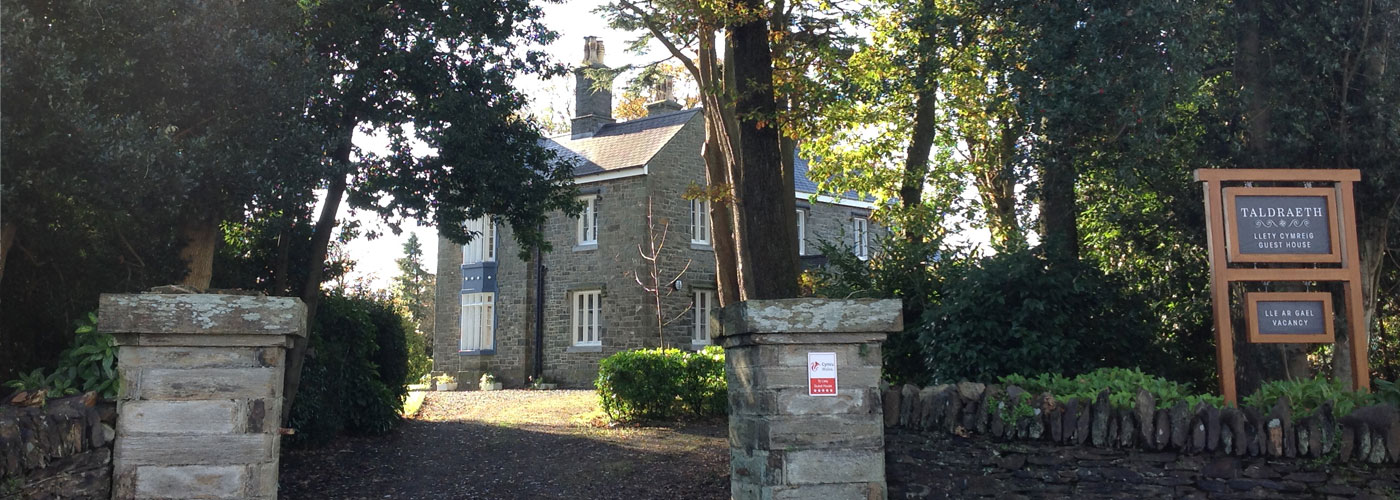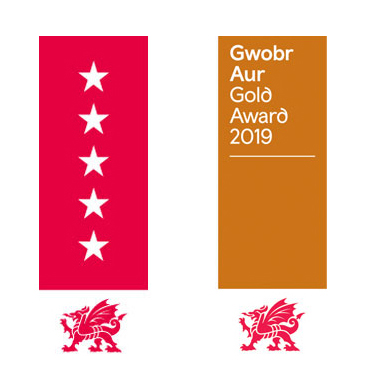History

Penrhyndeudraeth
Penrhyndeudraeth is a large village that began after 1862 that was well known for it cockle industry. The older upper part is on the rocky spine of the peninsula, the newer part lines the main road. The lower half of Penrhyndeudraeth used to be a lake, which was then drained to create the area where the village's High Street is today.
High Street 20s |
Church Street |
Cei Dwyryd
This area has gained UNESCO World Heritage Status for the slate landscape of North West Wales since July 2021 – Llechi Cymru Website
The slate was transported from the mountains to sea level at the wharves on the river Dwyryd (near Taldraeth) by carts, then transferred by barge to the deep-sea ships at Ynys Cyngar. The construction of the Cob and development of Porthmadog spelt the end of this practice but it was a gradual changeover. The introduction of tramways and the Ffestiniog narrow gauge railway dramatically speeded up and increased the amount of slate moved.
Cei Llechi |
Afon Dwyryd |
Dyffryn Maentwrog |
The Ffestiniog narrow gauge Railway established in 1836 passes through the upper village stopping at a small station. The Cambrian railway (main line from Machynlleth to Pwllheli) skirts the edge of the estuary, with the station near Taldraeth.
Ffestiniog Railway at Penrhyndeudraeth crossing 1971 |
Pwllheli to London train in 1990 and Cookes above |
The main manufacturing industry in Penrhyndeudraeth was established in 1872 to make guncotton. Cookes Explosives Ltd - became part of the Imperial Chemical Industries (I.C.I.). Due to increasing demand for munitions during World War I, a new explosives manufacturing facility was set up Penrhyndeudraeth, bringing an economic boom to the town. The plant produced thousands of tons of munitions for the war and explosives for quarrying and mining.
Loading explosives on the dock in Porthmadog |
Many lost their lives during accidents at the Cooks works. The prolonged miners' strike of 1983 and the competition from foreign coal imports resulted in wholesale pit closures which, in turn, reduced the demand for mining explosives to the point where production was no longer economically viable and the site was finally cleared in 1997. It is now a nature reserve notable for the presence in summer of birds such as nightjars, and only down the lane from Taldraeth.
www.northwaleswildlifetrust.org.uk/nature-reserves/gwaith-powdwr
Views from the Wildlife Trust Cooks Works 2018
Taldraeth
Taldraeth was built in 1858 along with Trinity Church, Penrhyndeudraeth. Both were funded by Lousia Jane Oakley, widow of William Gruffydd Oakely. The Oakelys lived at Plas Tan y Bwlch, Maentwrog, and owned several slate quarries at Blaenau Ffestiniog.
It is believed that Thomas M. Penson was the architect for Taldraeth. Fantastic stonework can be seen on the gable end. The sandstone windows have been painted in 'Hicks Blue' (from 'Little Greene' paint) to co-ordinate with the slate work. The stone medallions are the inspirations for the Taldraeth logo.
Used as the church's Vicarage up to 2013, it was purchased by Mirain and Geraint and named Taldraeth, meaning location above the estuary. Care has been taken to retain the original features of the house and garden. The garden includes a Victorian walled garden.
Location
Contact Us
Address: Hen Ficerdy / Old Vicarage, Penrhyndeudraeth LL48 6LG
Phone: 01766 770892
Email: post@taldraeth.com

























